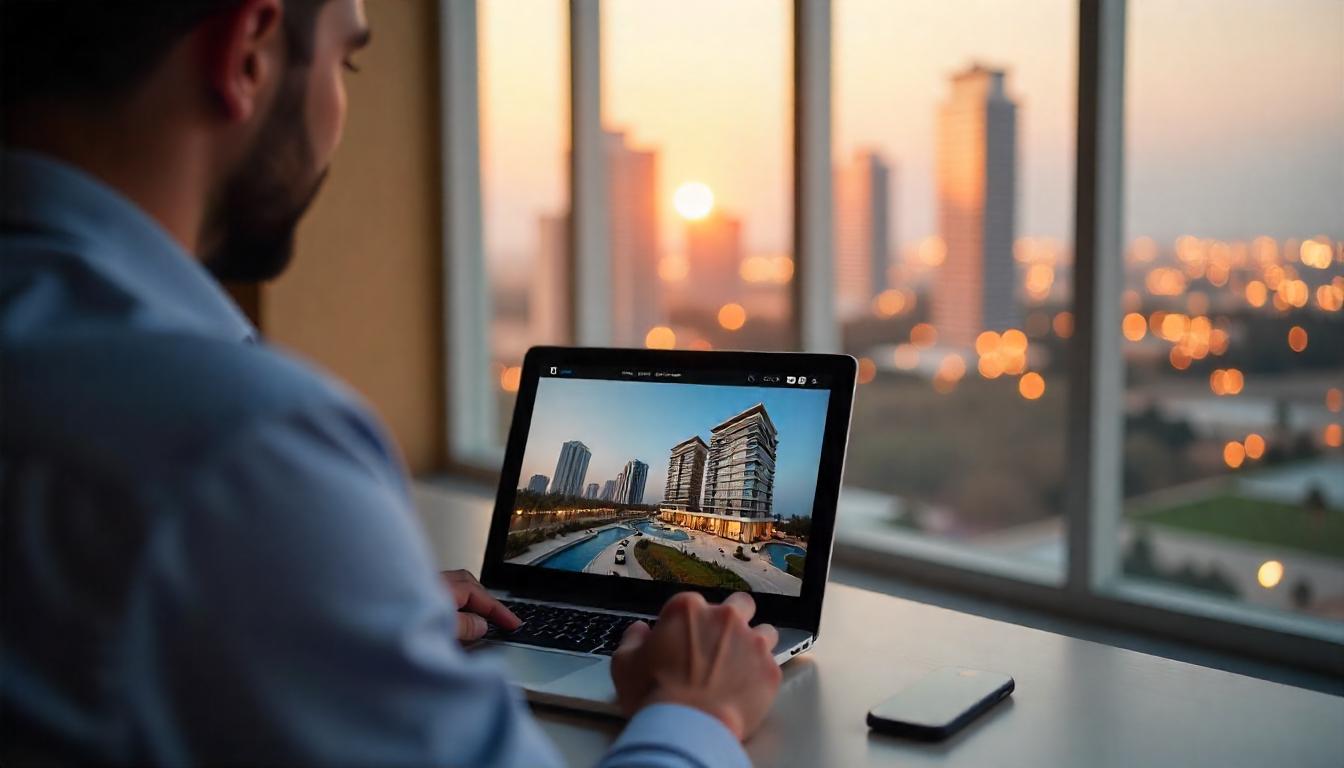The Role of Laboratory Equipment in Modern Education

Laboratory equipment has always been the backbone of scientific learning and research, but its importance in today’s world goes far beyond the walls of advanced research centers. In schools and colleges, laboratory equipment is transforming the way students interact with science, making it more engaging, practical, and future-ready. While textbooks and lectures provide theoretical knowledge, it is through the use of laboratory equipment that young learners develop the ability to test, observe, and understand the principles of science. From simple tools such as test tubes and beakers to advanced instruments like microscopes and centrifuges, laboratory equipment brings concepts to life in ways that no classroom lecture can achieve.
In schools, the role of laboratory equipment is especially vital. Young students are naturally curious, and hands-on experiments provide them with opportunities to explore this curiosity. Using equipment such as microscopes, balances, and pipettes, students begin to see how theory translates into practice. Instead of merely reading about the properties of matter or the structure of cells, they can witness experiments unfold in real time. This exposure builds a foundation of critical thinking and problem-solving skills, which are essential for their future academic growth. For many students, their first interaction with laboratory equipment becomes the spark that ignites a lifelong passion for science.
In colleges and universities, laboratory equipment serves an even greater role. Here, students are not just repeating simple experiments but engaging in advanced scientific practices. Medical students rely on laboratory equipment for histology and pathology studies, where microscopes and slides are essential for understanding human tissues. Chemistry and biotechnology students use centrifuges, spectrophotometers, and pH meters to analyze compounds and study chemical reactions. Environmental science students employ specialized laboratory equipment to test water, soil, and air samples for pollutants. These practical applications not only deepen students’ understanding of their chosen field but also prepare them for professional careers where such equipment will be a daily necessity.
A trending development in recent years has been the integration of digital technology with laboratory equipment. Smart sensors, data loggers, and connected devices are being paired with traditional lab instruments to create more accurate and interactive experiments. Schools and colleges are beginning to adopt virtual labs alongside physical equipment, allowing students to simulate experiments before performing them in reality. This blended approach helps institutions save costs, reduces chemical waste, and ensures safety while still giving students a meaningful learning experience. The ability to merge traditional laboratory equipment with digital platforms is revolutionizing science education, making it more aligned with the technological world students will eventually work in.
Another important trend is the focus on sustainability in laboratories. Eco-friendly laboratory equipment and practices are becoming a priority in schools and colleges. For instance, reusable glassware is being preferred over disposable plasticware, and energy-efficient equipment is being adopted to reduce the environmental footprint of science labs. Students are being taught not just how to use laboratory equipment but also how to use it responsibly. The concept of green labs is gaining traction globally, and educational institutions are at the forefront of instilling these sustainable practices in future generations of scientists.
Safety is another key area where the use of laboratory equipment in schools and colleges plays an essential role. Along with teaching scientific principles, laboratories also serve as training grounds for safe practices. Students learn how to handle chemicals with proper equipment, how to use protective gear, and how to store and dispose of materials correctly. These lessons ensure that future scientists, doctors, and researchers are not only knowledgeable but also responsible in their approach to scientific work.
Laboratory equipment also contributes significantly to the global push for STEM (Science, Technology, Engineering, and Mathematics) education. In science fairs, innovation challenges, and student research projects, equipment is the foundation on which ideas are tested and discoveries are made. From building simple experiments with balances and thermometers to using advanced microscopes for microbiology projects, students learn how science connects to solving real-world problems. These hands-on projects often go beyond classrooms, with many students showcasing their work on social media and educational platforms, making laboratory equipment part of a larger conversation around innovation and creativity.
Beyond the formal classroom environment, laboratory equipment is being used in workshops, science museums, and community programs to make science more engaging for the general public. Demonstrations of chemical reactions, crystal growth, or even simple experiments using microscopes often go viral online, showing how everyday learning tools can captivate a global audience. This has increased interest in laboratory equipment not just as an educational resource but also as a way to inspire curiosity about science among wider communities.
Looking to the future, the role of laboratory equipment in education will continue to grow. With the rise of artificial intelligence and advanced materials, schools and colleges are likely to see even smarter versions of traditional tools. Equipment will become more precise, more sustainable, and more accessible, ensuring that students everywhere—regardless of location—can benefit from practical scientific learning. Virtual reality and augmented reality may also integrate with physical equipment to create immersive laboratory experiences, allowing students to explore science in three dimensions.
In conclusion, laboratory equipment remains an irreplaceable part of education, bridging the gap between theoretical knowledge and practical understanding. In schools, it nurtures curiosity and introduces young learners to the wonders of science. In colleges and universities, it prepares students for advanced studies and professional careers. With trends like digital integration, sustainable practices, and STEM-focused learning shaping the future, laboratory equipment is becoming more than just a set of tools—it is a gateway to discovery, innovation, and progress. As classrooms evolve to meet the demands of a changing world, laboratory equipment will continue to stand at the center of science education, inspiring generations to explore, question, and contribute to society’s advancement.







